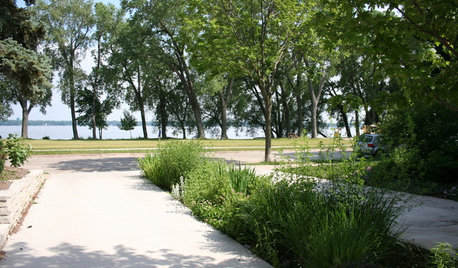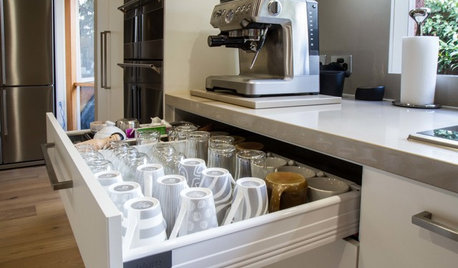Coffee Grounds and Composting
Many folks are interested to know if and how they can use coffee grounds in their compost. Hopefully this will help answer some of those questions. The info here is just a few of the basic points. Many of the Soil forum regulars use large amounts of coffee grounds in their composting. Any specific questions you may have can usually be answered by posting a new thread on the boards.
- First of all coffee grounds are a very good addition to your composting efforts. They would be considered a "green" or nitrogen source. C/N ratio about 20:1.
While it is widely thought that they are acidic it has been shown that most of this acidity is removed in the brewing process. Used grounds are essentialy neutral and composting them with other materials will buffer any minor residual acidity.
One of the forum regulars with a scientific background did some controlled chemistry experiments on the acidity question and this is what he had to say:
"Roasted coffee is fairly acidic, but it appears that almost all of the acid is water soluble and is extracted during brewing. Used grounds have essentially neutral pH, although the coffee beverage produced is rather acidic.
The measured pH of used coffee grounds was 6.9, with a significant amount of buffer capacity - adding the coffee to either acidic or basic solutions drove both towards neutral pH. The exact pH of used grounds will depend on the pH and alkalinity of the water used in brewing, but with any potable water, used grounds will be close to neutral pH."
- Anecdotal evidence suggests that worms are very attracted to them so you can feel free to use them in vermiposting (worm bin) situations if you desire.
- It is also widely held that placing coffee grounds under acid loving plants is beneficial. But as the evidence has shown, this may just be a myth since the spent grounds are neutral. You can do it or not as you wish. At best it is a good soil conditioner and will feed the worm population. If you do place grounds in this way be sure to incorporate them well into the soil.
- The amount of grounds you would want to add to a compost pile is dependent on how many you may have available to you. If you were just using the amount that an average household might generate you should have no concerns. But some of you may have access to larger volumes and in that case you should limit the percentage to no more than 25% of the volume of the pile.
- There are many sources for grounds. Place a can by the office coffee machine and collect those. If you make a daily stop at a diner or donut shop for your morning fix they may save their grounds for you if you leave them an empty container of some sort. You can get a simple 5 gal bucket with a lid for very little or even free in some cases. Get two and just swap them out daily.The paper filters are also easily digested by decomposer organisms so you needn't bother to remove them.
- A favorite location for gathering large amounts of grounds is Starbucks. They have a corporate policy of trying to reduce waste and will, at most locations, provide grounds for the asking. You may need to gently "remind" the staff of the policy but usually they will be glad to comply. You can go to the Starbucks website and find a page of info on this policy that you can take with you to help.
- Another option is to just grab the bags from their dumpster.* The grounds are generally segregated from other trash in dedicated containers under the brewing machines and will be, by far, the heaviest bags you will come across.
*"Of course this option is only available to serious hardcore wackos that have been board certified by our panel of experts".













Related Discussions
Fungal soil, bacterial soil - Tiffy
Q
already way moldy coffee ground... compost? in the soil?
Q
hot coffee grounds
Q
What is the right combination
Q